When I was young, I never thought I would visit America. In my mind, it was a country filled with boring skyscrapers, crowded streets, and unfamiliar people. But then, one beautiful day, work brought me here. America unfolded before my eyes, urging me to shed my preconceived notions about a land I had never set foot in.
And indeed, America was far different from what I imagined. Instead of narrow streets, there were wide, straight boulevards. American culture may be different from Europe, but most of the people I met were very kind. The skyscrapers were not oppressive, but rather like small islands in a vast ocean of nature. The majestic beauty of high mountains, deep forests, plains, and deserts awakened in me a passion for adventure. I believe that if there is any place in the world suitable for endless journeys, it is America. And I knew I would return.
And I did return, almost immediately. I chose the Grand Circle in the American Southwest for a three-week road trip. At that time, I hadn’t traveled far, only around bustling cities and peaceful villages. That trip became a significant milestone, opening up endless journeys thereafter.
The American West is not an easy destination for first-time trips. Even now, it remains the most desolate land I have ever set foot in. I still remember those nights driving through the darkness, opening the window and trying to find a light, but only seeing darkness engulfing me. A sense of unease crept in, knowing that I was surrounded by desert, without a soul for hundreds of kilometers. The first night, I tossed and turned due to jet lag, listening to the howls of wolves echoing from Death Valley, sometimes near, sometimes far. Another night, my campsite received a rattlesnake warning. That night, I startled awake several times, listening to rustling sounds under the bed, praying no snake would crawl out.
But in return, those experiences brought an adrenaline rush that fascinated me. Gradually, I was no longer as afraid as before. In the vast desert, I felt as small as a grain of sand. Nature surrounded me, embraced me. On the mountaintop, I stood silently watching the brilliant golden rays stretching across the Colorado River. From sunrise to sunset, from day to day, before the constantly changing majestic landscapes, I indulged myself in the vast space, enjoying wonderful moments. The West poured into me golden gulps of freedom-scented sunshine, and I fell in love without even realizing it.
Three weeks of road trip is too long to tell in one article, but also too short to fully explore the Grand Circle. For each national park, I could only stay for one to three days, considering it an initial “survey” to find my favorite places and make plans to return.
This article will summarize my trip itinerary. In addition, the magnificent and captivating beauty of the Grand Circle is also a paradise for those who love landscape photography. Interspersed in the itinerary, I will share beautiful photo spots I know. The Grand Circle region is mainly desert and red sandstone mountains, so sunset and sunrise are the two best times to admire the scenery and take photos. Each day, I will have tips so you can get to the most beautiful locations at the perfect light.
Let’s begin our journey of discovery!
3-Week Grand Circle Itinerary

Day 1: Los Angeles
Arrive in Los Angeles, pick up a car at the airport, explore the city, shop for food and drinks for the long trip. Overnight in Los Angeles.
Day 2: Antelope Valley
- Drive from Los Angeles to Antelope Valley (1 hour 30 minutes, 85 miles). Antelope Valley is the California Poppy Reserve, a desert area in California. You should arrive at Antelope Valley after 10 am because the flowers are in full bloom at this time. Flowers only bloom in late April and early May. If you arrive in another season, skip this area.
- Drive from Antelope Valley to Death Valley (2 hours 45 minutes, 148 miles) via Trona Wildrose Road instead of Highway 190. Trona Wildrose Road has more majestic scenery.
- Overnight in Panamint Spring, Death Valley.

Day 3: Death Valley National Park (NP)
Death Valley, a national park of nearly 8000 km² located in eastern California, is one of the hottest areas in the world. This place is pristine and has extremely diverse terrain, from deserts to salt lakes, snow-capped mountains, volcanoes… Death Valley is one of the most impressive places on my trip.
- Watch the sunrise at the Mesquite Flat Sand Dunes.
- Drive along Racetrack Road to Racetrack Playa, a dry lakebed so flat that rocks here slide on the surface when there is wind, creating long trails behind them. Note that this 27-mile road is quite difficult to drive, you should not go in bad weather.
- Watch the sunset at Zabriskie Point, admire the unforgettable magical light.
- Overnight in Furnace Creek in Death Valley.
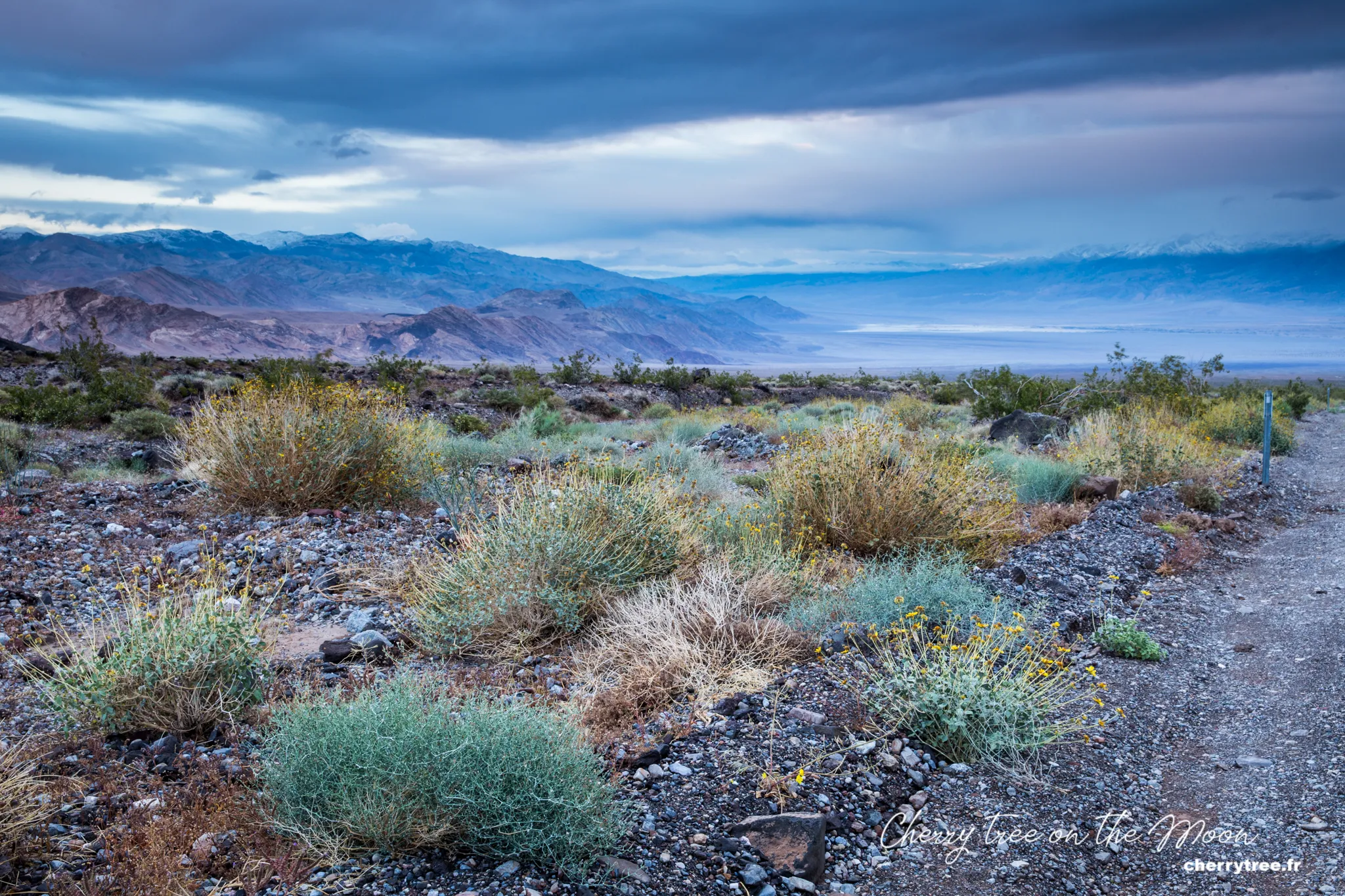
Day 4: Death Valley NP, Las Vegas
- Sunrise is the best time to visit Badwater Basin, the lowest point in North America (86m below sea level). You should go deep into the Basin to admire the salt crystals forming beautiful patterns.
- Drive along Artists Pallette near Badwater, admiring the colorful sandstone cliffs.
- Drive from Death Valley to Las Vegas (2 hours, 118 miles).
- Overnight in Las Vegas, hotel in The Strip area for convenient sightseeing of Las Vegas at night.
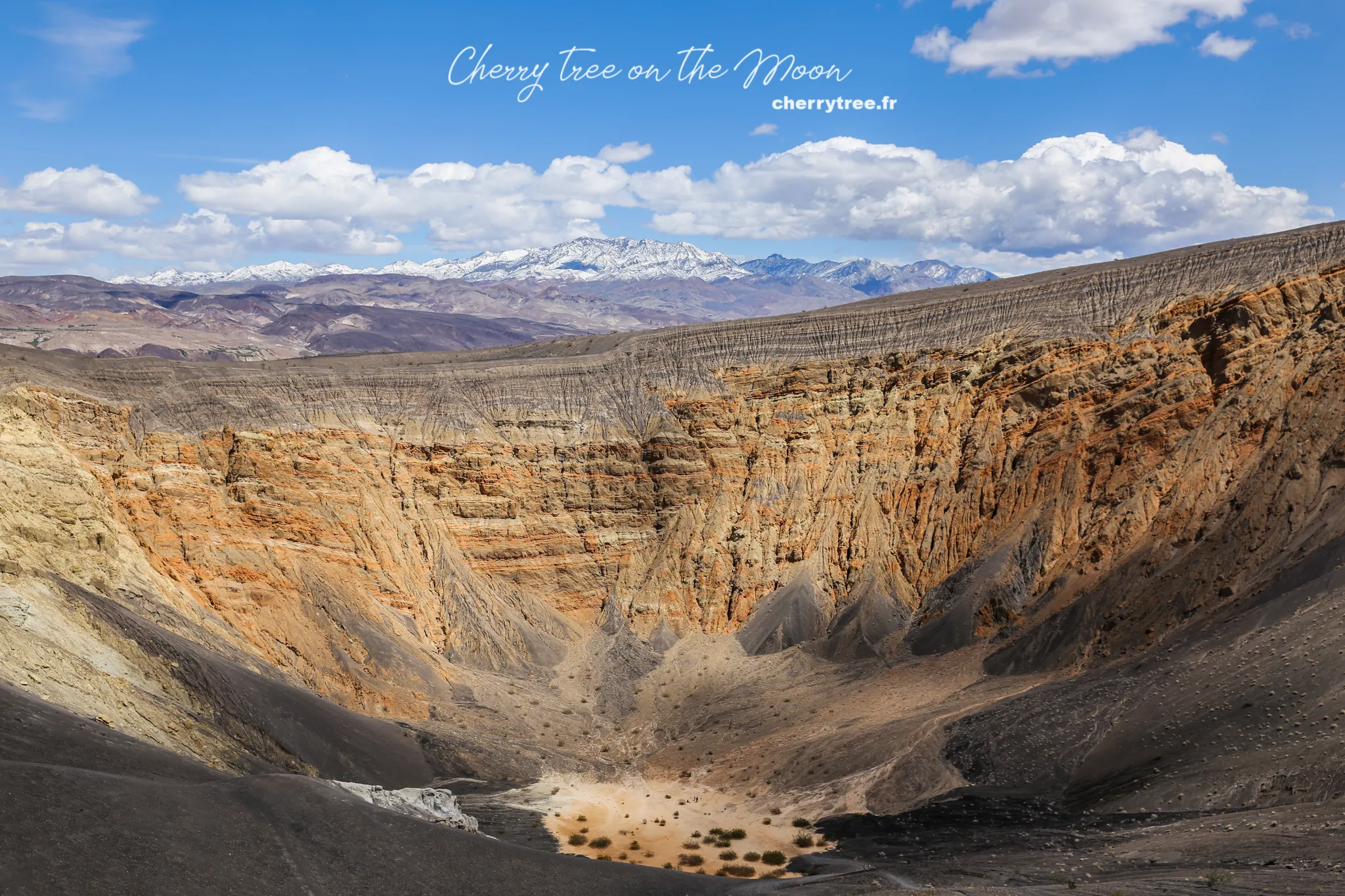
Day 5: Valley of Fire State Park (SP)
- Drive from Las Vegas to Valley of Fire (1 hour, 56 miles) via NV167 to enter Valley of Fire Park from the east. Valley of Fire is a Nevada state park, not large but very beautiful, with diverse terrain and impressive scenery with special sandstone formations. You should spend at least one day exploring the short trails in the area.
- Atlatl rock, Arch rock receive the best light in the morning, most beautiful about 30 minutes after sunrise.
- Arrive at Jumble rock, Elephant rock in the mid-afternoon.
- White dome, Rainbow vista, Fire wave are most beautiful from late afternoon to sunset. These are the three most beautiful short trails of Valley of Fire, especially as evening falls. I chose Fire wave and was completely mesmerized by the fiery red sandstone in the sunset light.
- Overnight near Valley of Fire.
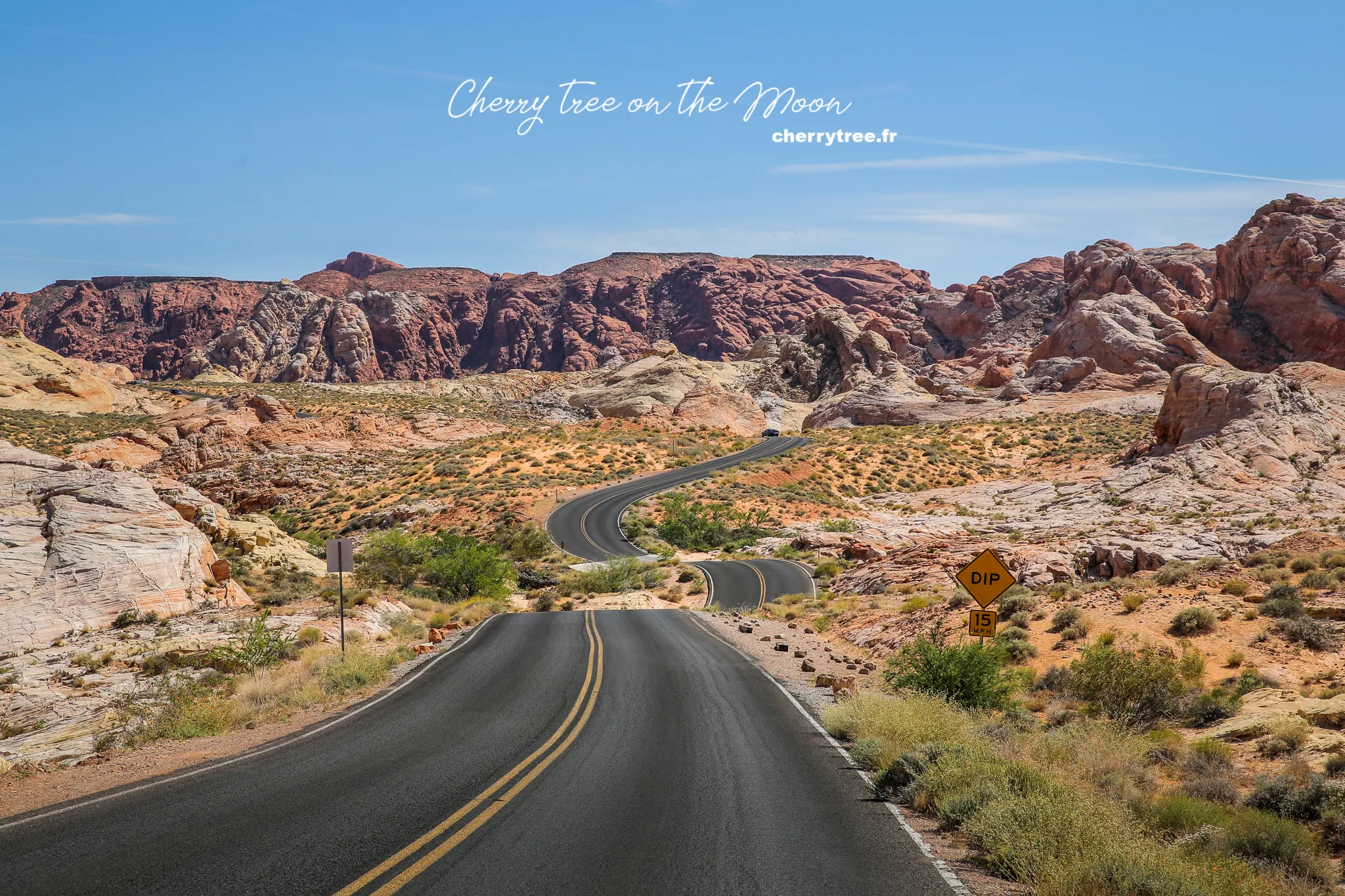
Day 6: Zion NP
- Drive from Valley of Fire to Zion NP (2 hours 30 minutes, 140 miles). Zion is the greenest national park in the area. The towering cliffs covered with pine trees are reminiscent of European forests. From spring to autumn, private cars are not allowed to freely enter Zion Canyon. Instead, there is a free park bus that takes visitors from Zion Canyon Visitor Center to Temple of Sinawava.
- Trekking Angel’s landing (3-4 hours), Zion’s most famous trek due to its beautiful scenery and precariousness. There is a section only 40-50 cm wide with 400m deep cliffs on both sides. You should go early in the morning to avoid the heat because the beginning is not difficult but very steep. Consider carefully before taking this trek on rainy or windy days.
- In the afternoon, hiking Observation Point (4 hours from Weeping Rock parking lot).
- Drive from Zion NP to Bryce Canyon (2 hours, 100 miles).
- Overnight near Bryce Canyon.
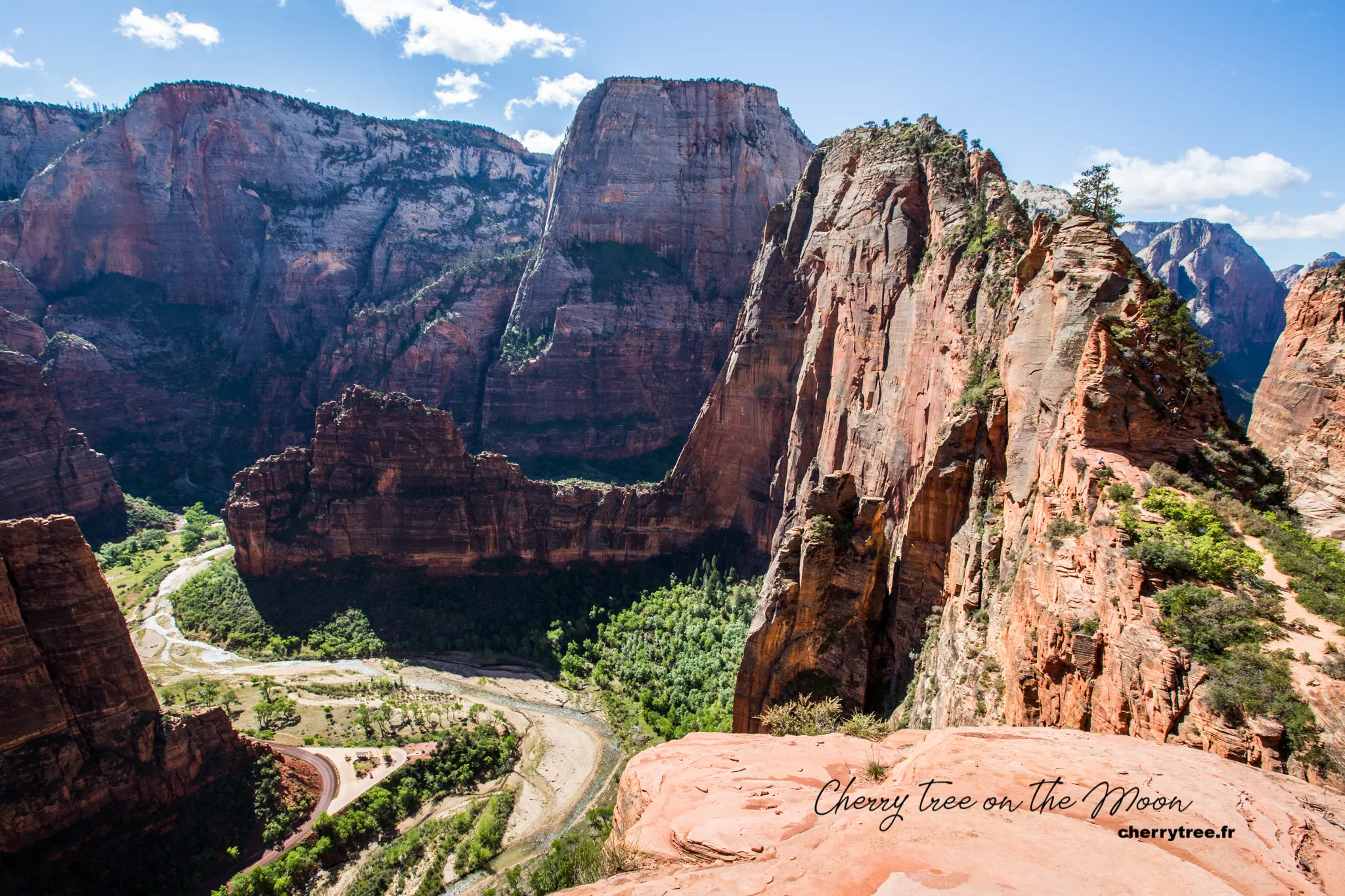
Day 7: Bryce Canyon NP
Bryce Canyon is one of the most beautiful national parks in America, with unique scenery, large orange hoodoos standing side by side. Bryce Canyon is located in Utah, with an area of 145 km². When you come here, you cannot miss the sunrise moments at the viewpoints. When the sun rises, the rays creep through the fiery red rock columns, creating a magnificent scene.
- Sunrise: Sunrise point.
- From Sunrise point, hike down Queen Garden trail and Navajo loop trail.
- Sunset: Sunset point.
- Overnight near Bryce Canyon.
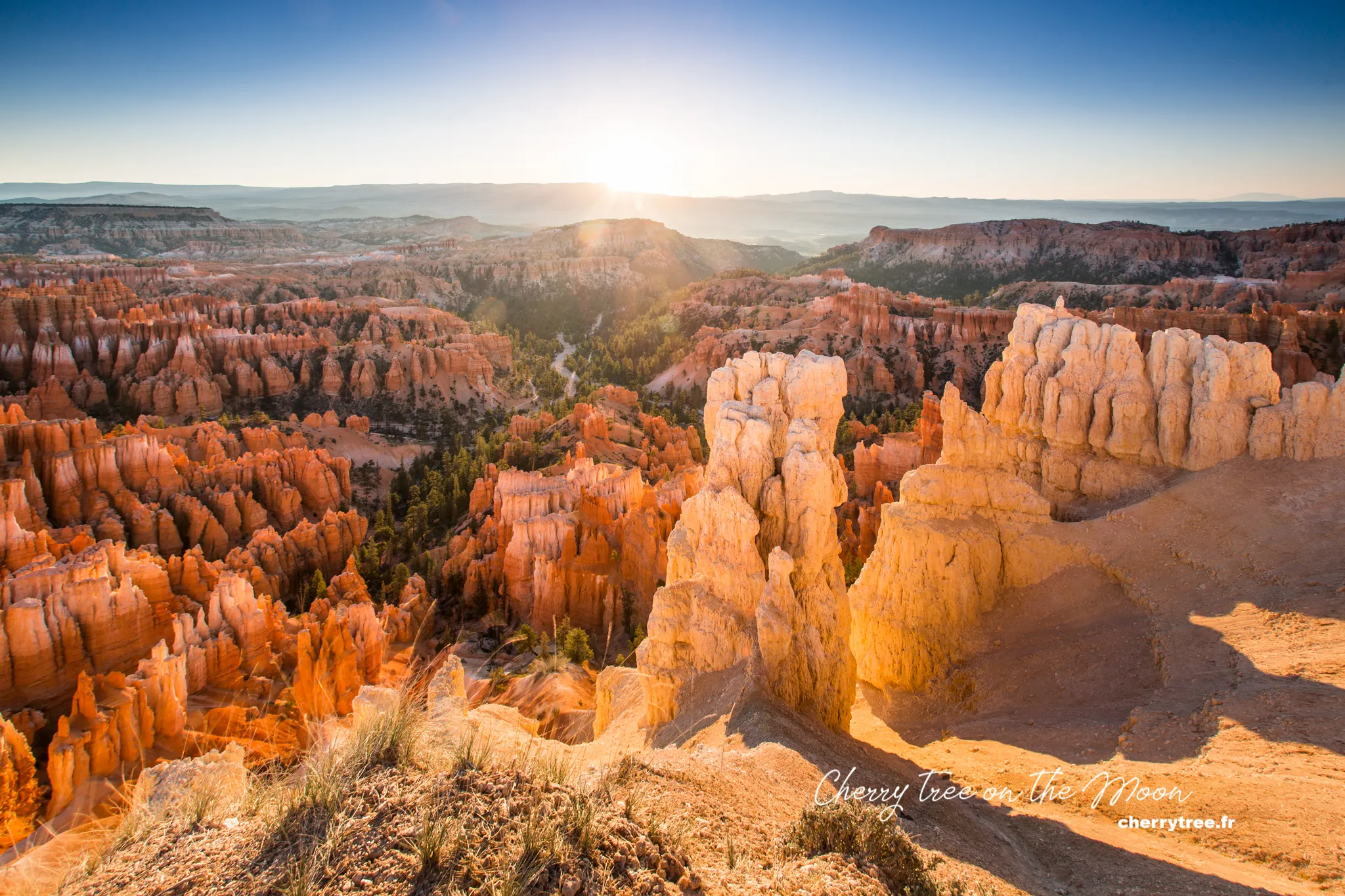
Day 8: Bryce Canyon NP
- Watch the sunrise at Sunset Point and Inspiration Point.
- Drive from Bryce Canyon to Moab (5 hours, 270 miles) via Scenic byway 12. SB12 is one of the most beautiful roads in America, passing through majestic and wild landscapes, especially the section between Escalante and Boulder. If you want, you can spend an extra day on this road, visiting Escalante National Monument or Capitol Reef National Park.
- Watch the sunset at Fisher tower near Moab.
- Overnight in Moab.

Day 9: Dead Horse Point SP, Arches NP
- Drive from Moab to Arches NP (9 minutes, 6 miles).
- Watch the sunrise at Dead Horse Point SP. Dead Horse Point SP is a typical image of a canyon in the American West. From the parking lot, walk a few hundred meters to get a better view down to the Colorado River and Manti-La Sal Mountains.
- Drive from Dead Horse Point SP to Arches NP. Arches NP is a national park with over 2000 natural stone arches. Red sandstone terrain, eroded by wind and rain into bizarre and interesting shapes.
- Hiking Devil garden trail (4.2 miles, 6.8 km), should go in the morning to avoid the heat.
- Visit Windows section, visit Double arch (0.8 miles, 1.2 km).
- In the late afternoon, hiking Delicate arch trail (3.0 miles, 4.8 km). Delicate arch is the symbol of Utah. You should go in the late afternoon because Delicate arch is more beautiful at sunset. If you go in the morning, it will be backlit. This trek is very hot because there is no shade, remember to bring at least 1 liter of water per person.
- Overnight in Moab.

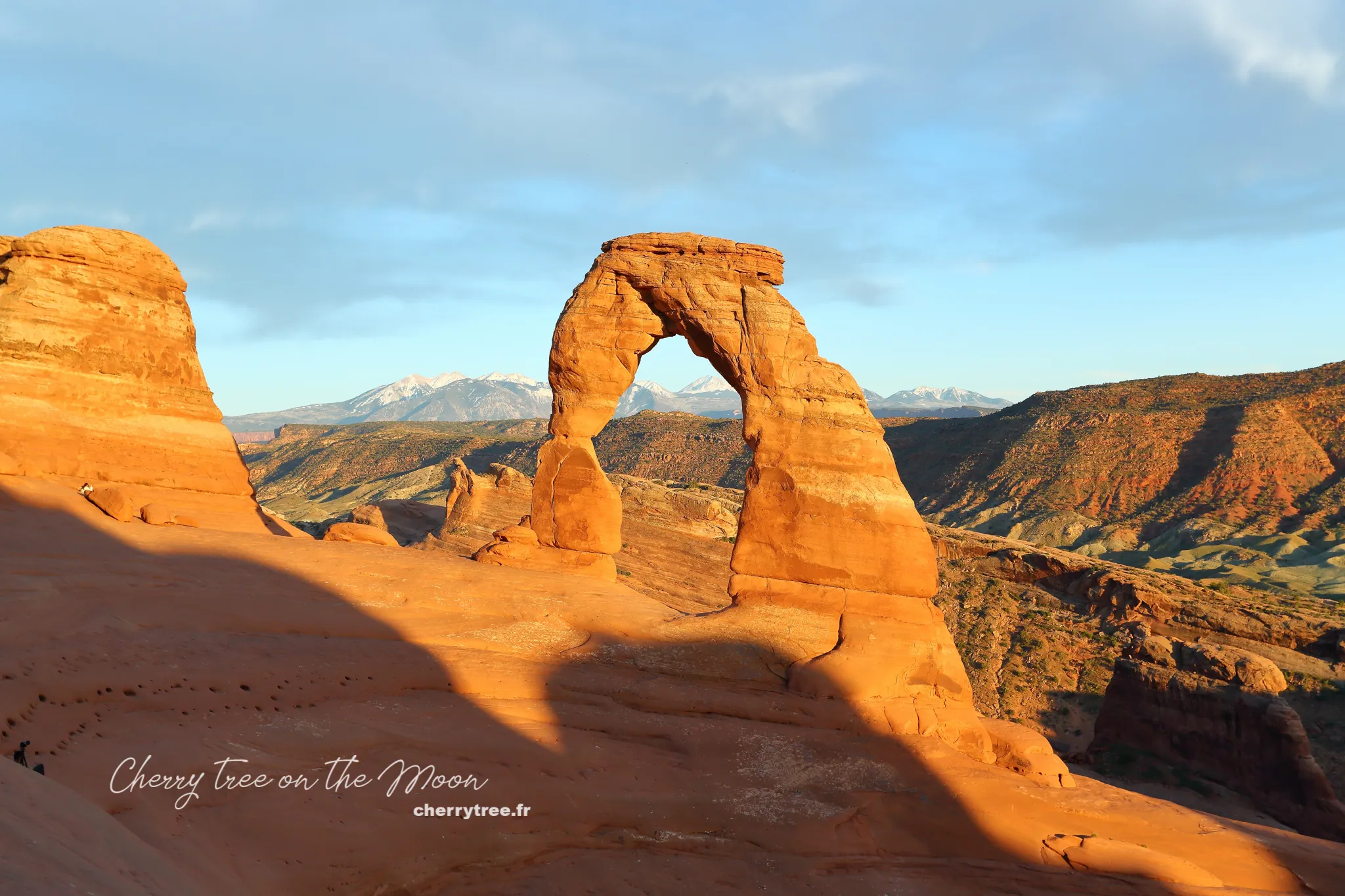
Day 10: Canyonlands NP
- Drive from Moab to Canyonlands NP (45 minutes, 33 miles). Canyonlands is a national park located next to Arches NP. Canyonlands lives up to its name “land of canyons”, a collection of countless canyons formed by the erosion of the Colorado and Green Rivers. Canyonlands is very large, consisting of 3 separate regions with 3 different entrances, hundreds of miles apart: Island in the Sky, Needles and The Maze. I chose Island in the Sky for the beauty of Mesa arch.
- Watch the sunrise at Mesa arch, one of the most beautiful stone arches in America. You should get here before sunrise to find a spot to set up your camera among the crowd of professional photographers. From the parking lot to the arch, you have to walk about 15-20 minutes.
- Visit Murphy point, White rim overlook, Grand viewpoint, Green River overlook, Shafer Canyon overlook.
- Hiking False Kiva trail (2 miles, 3 km).
- Watch the sunset at Grand viewpoint or Green River Overlook, admire the scenery of one of the most remote and wild lands in the West.
- Drive from Canyonlands to Monticello (1 hour 40 minutes, 86 miles).
- Overnight in Monticello.
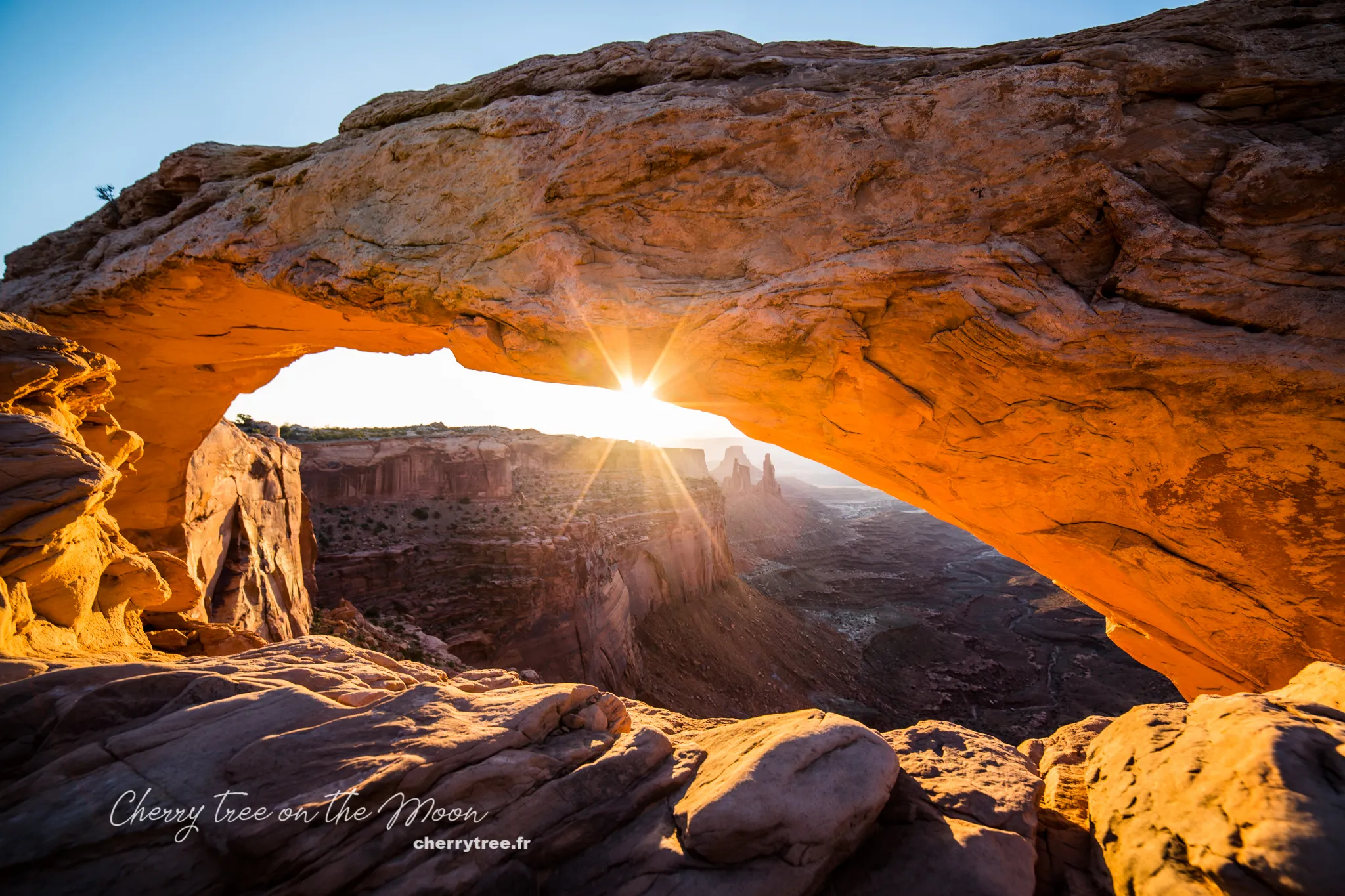
Camping on the White Rim Canyonlands cliff is an experience you shouldn’t miss if you are an adventurous person who loves exploring wild nature.
Day 11: Valley of the Gods, Goosenecks SP, Monument Valley Navajo Tribal Park (NTP)
- Drive from Monticello to Monument Valley (1 hour 50 minutes, 96 miles), visiting Valley of the Gods on the way.
- Visit Goosenecks SP at the intersection between Highway 163 and Highway 261 before continuing to Monument Valley. Monument Valley, also known as Tse’ Bii’ Ndzisgaii in the Navajo language, is a symbol of the Southwest. This place has been used as a filming location for hundreds of movies, music videos, magazine covers… Monument Valley is owned by the Navajo Nation, so it has its own regulations, different from state parks or national parks managed by the government.
- Hiking Wildcat trail (4 miles, 6 km), one of the most beautiful trails in Monument Valley.
- Drive around Monument Valley via Scenic Drive in the late afternoon.
- Watch the sunset from the viewpoint right in front of the Monument Valley Visitor Center.
- Overnight in Monument Valley.
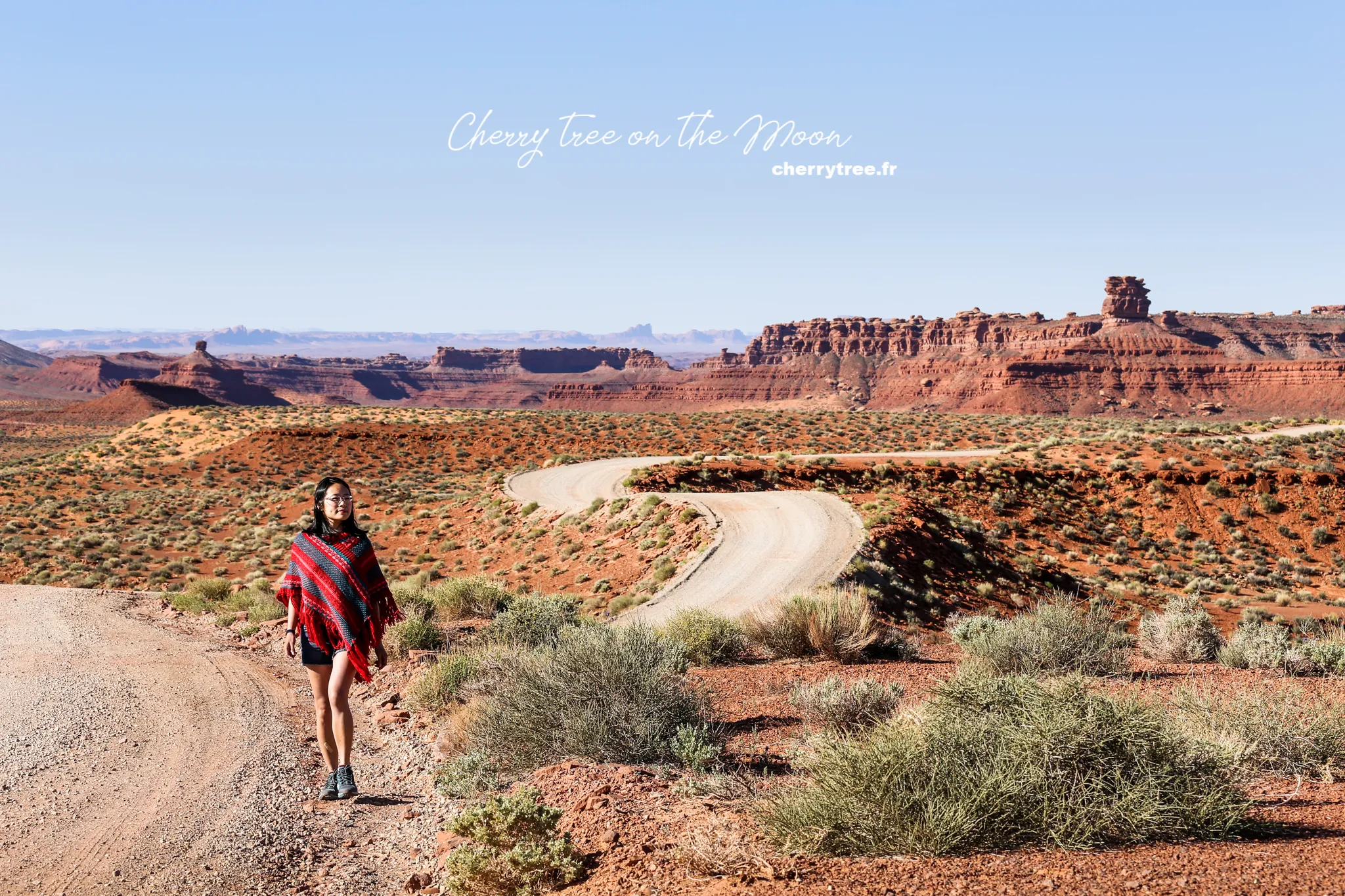
Monument Valley seen from Mexican Hat, a unique perspective.
Day 12: Page
- Drive from Monument Valley to Page (2 hours, 126 miles).
- Walk around Thousand Pockets (2 miles, 3 km).
- Visit Stud Horse Point.
- Overnight in Page.
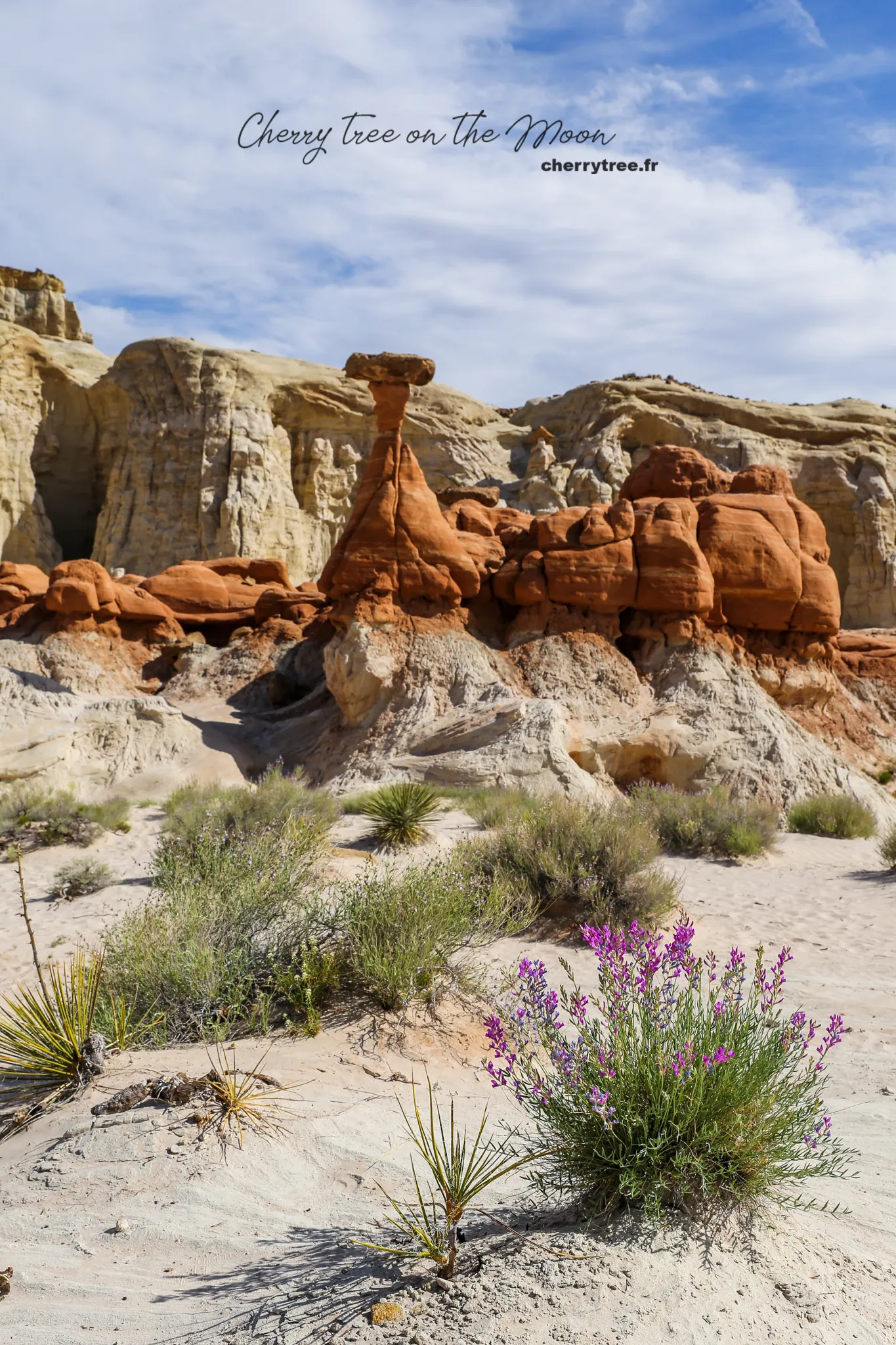
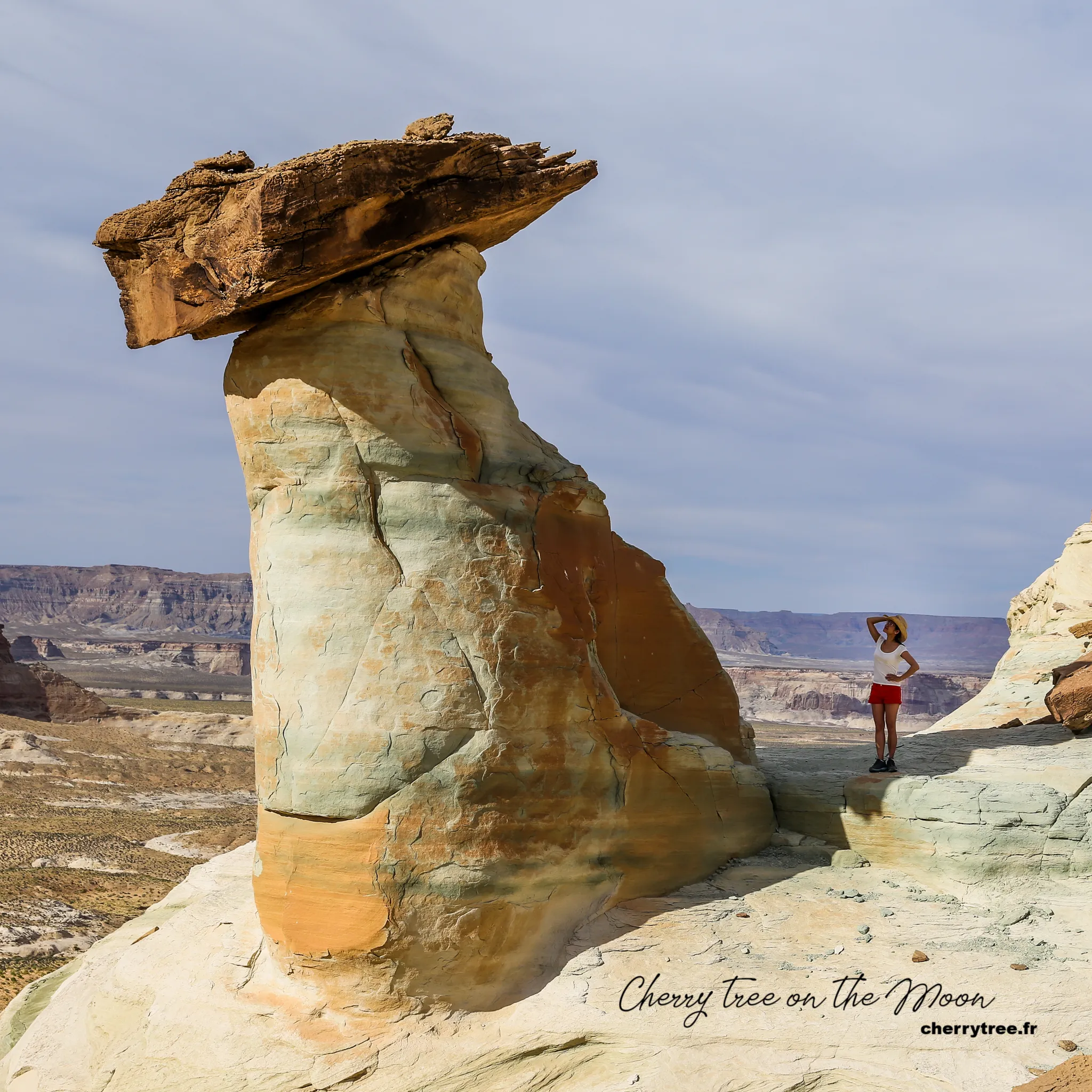
Day 13: Antelope Canyon NTP
Antelope Canyon consists of two stunning narrow canyons formed by wind and water erosion. Antelope Canyon is also managed by the Navajo Nation. In the past 10 years, Antelope Canyon has become increasingly popular, so the entrance fee is quite expensive.
- Visit Lower Antelope Canyon (Hasdeztwazi).
- Visit Upper Antelope Canyon (Tse Bighanilini’), the ideal visiting time is 11am-1pm for beautiful light.
- Overnight in Page.
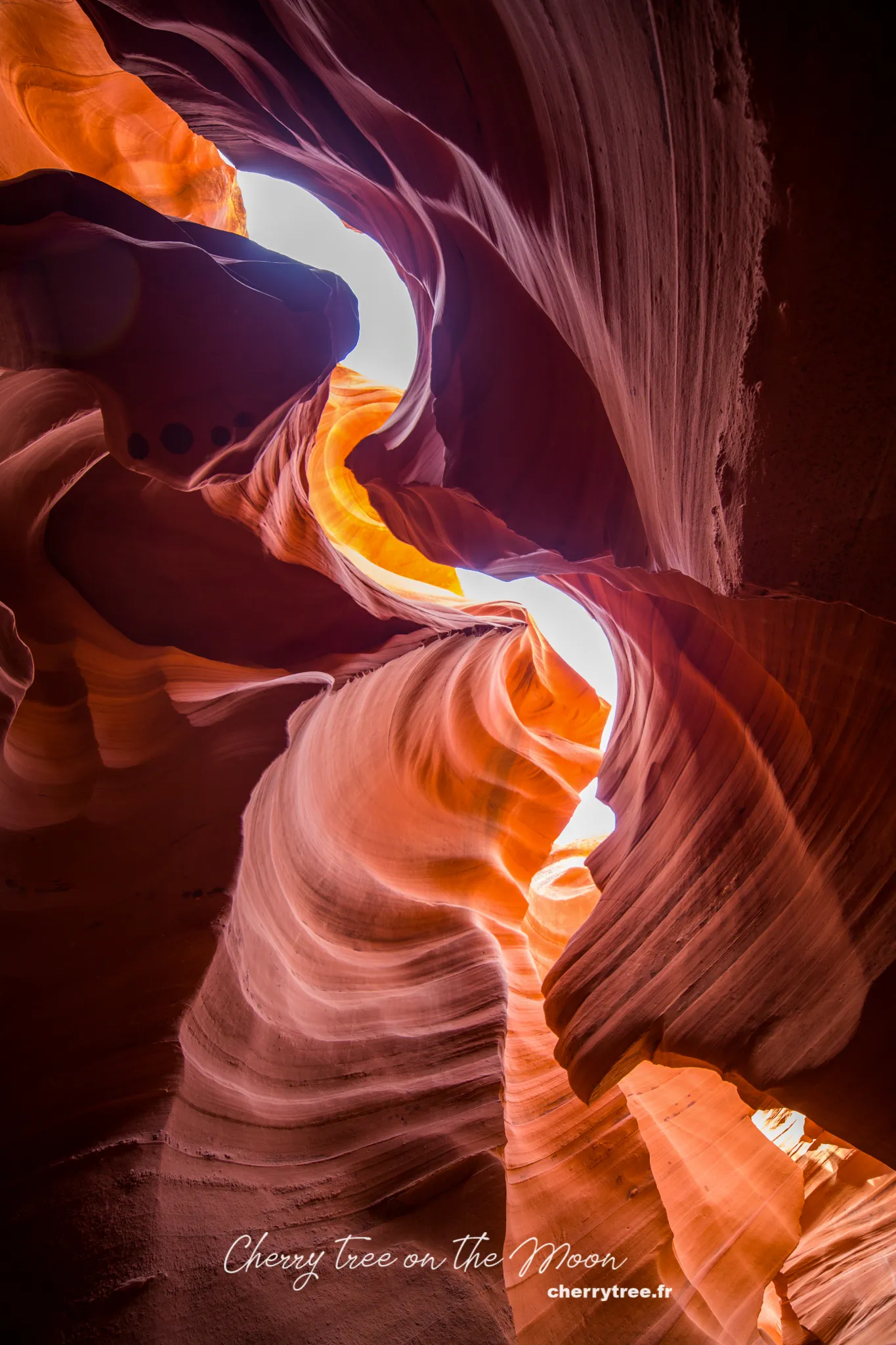

Day 14: Lake Powell, Horseshoe Bend
- Book a boat tour to explore Lake Powell.
- Watch the sunset at Horseshoe Bend.
- Overnight in Page.

Day 15: Grand Canyon NP
- Drive from Page to Grand Canyon South Rim (2.5 hours, 133 miles).
- Stop by Lee’s Ferry.
- Hiking Cathedral Wash (2.5 miles, 3.75 km).
- Stop at Desert View, 22 miles from Grand Canyon, beautiful light in the afternoon.
- Overnight in Grand Canyon Village. Grand Canyon – The Great Gorge, created by the erosion of the Colorado River into the mountains, is the largest canyon in America. No lens can capture the majesty and overwhelming vastness of the scenery here.

Day 16: Grand Canyon NP
- Sunrise at Mather Point.
- Hiking Bright Angel trail to 3-miles Resthouse and back (6 miles, 9.6 km).
- Sunset at Hoppi Point.
- Overnight in Grand Canyon Village.


Day 17: Grand Canyon NP
- Sunrise at Yaki Point.
- Hiking South Kaibab trail to Cedar Ridge and back (3 miles, 4.8 km).
- Trail of Time from Verkamp’s Visitor Center to Yavapai Point (1.9 miles, 3 km).
- Sunset Yavapai Point.
- Overnight in Grand Canyon Village.

Day 18: Road 66
- Drive from Grand Canyon to Williams – Twentynine Palms (8 hours, 480 miles).
- Drive along the legendary Route 66: Seligman, Hackberry, Kingman, Oatman, Essex, Newberry Springs.
- Overnight in Twentynine Palms.
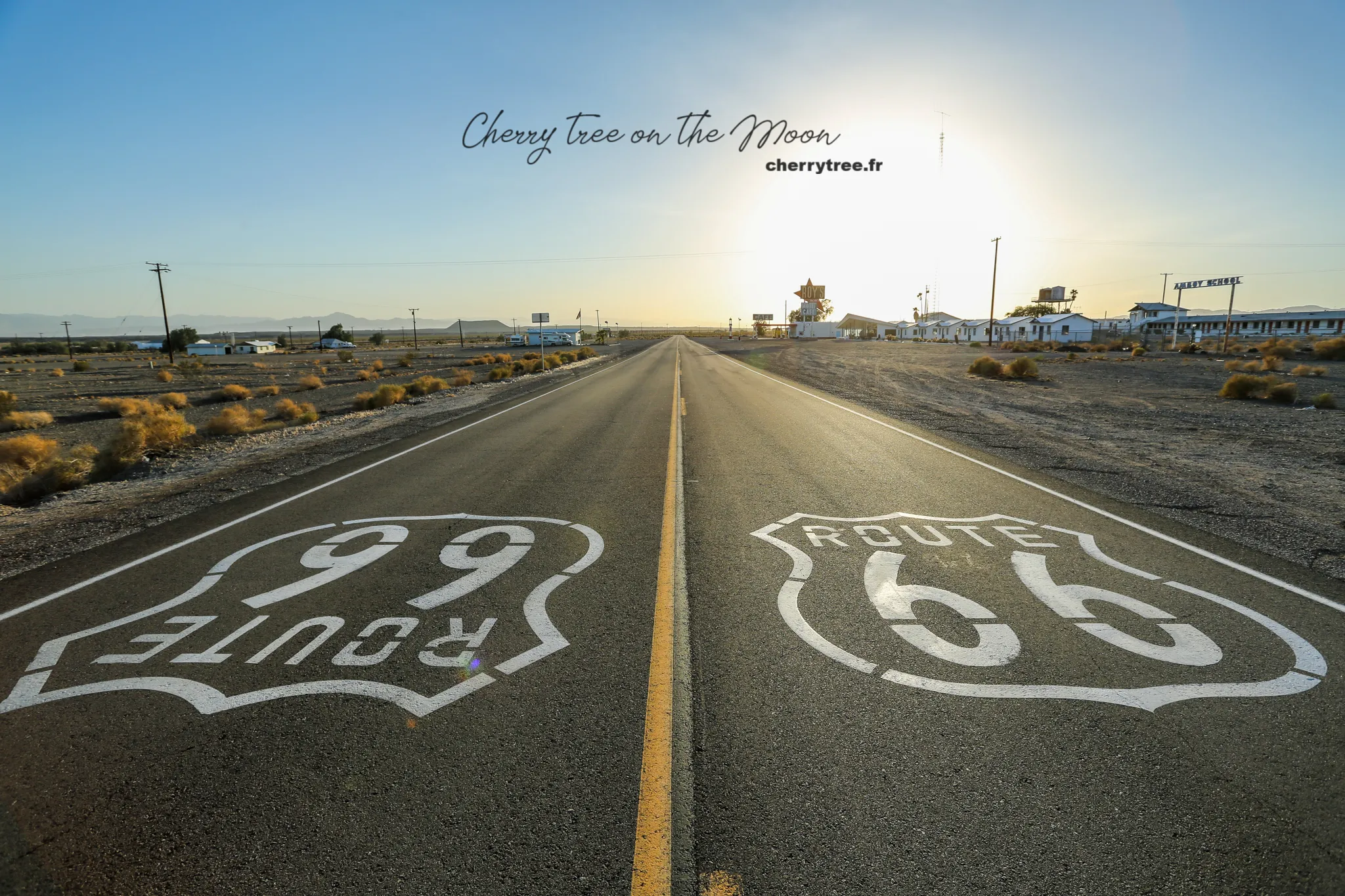
Day 19: Joshua Tree NP
- Drive from Twentynine Palms to Joshua Tree National Park.
- Explore Hidden Valley, Cholla Cactus Garden.
- Drive from Joshua tree park to Santa Ana (2 hours, 140 miles).
- Admire Santa Ana jacaranda blossoms in May, on Myrtle Street, Morrison Park.
- Drive from Santa Ana to Los Angeles (1 hour, 40 miles).
- Overnight in Los Angeles.
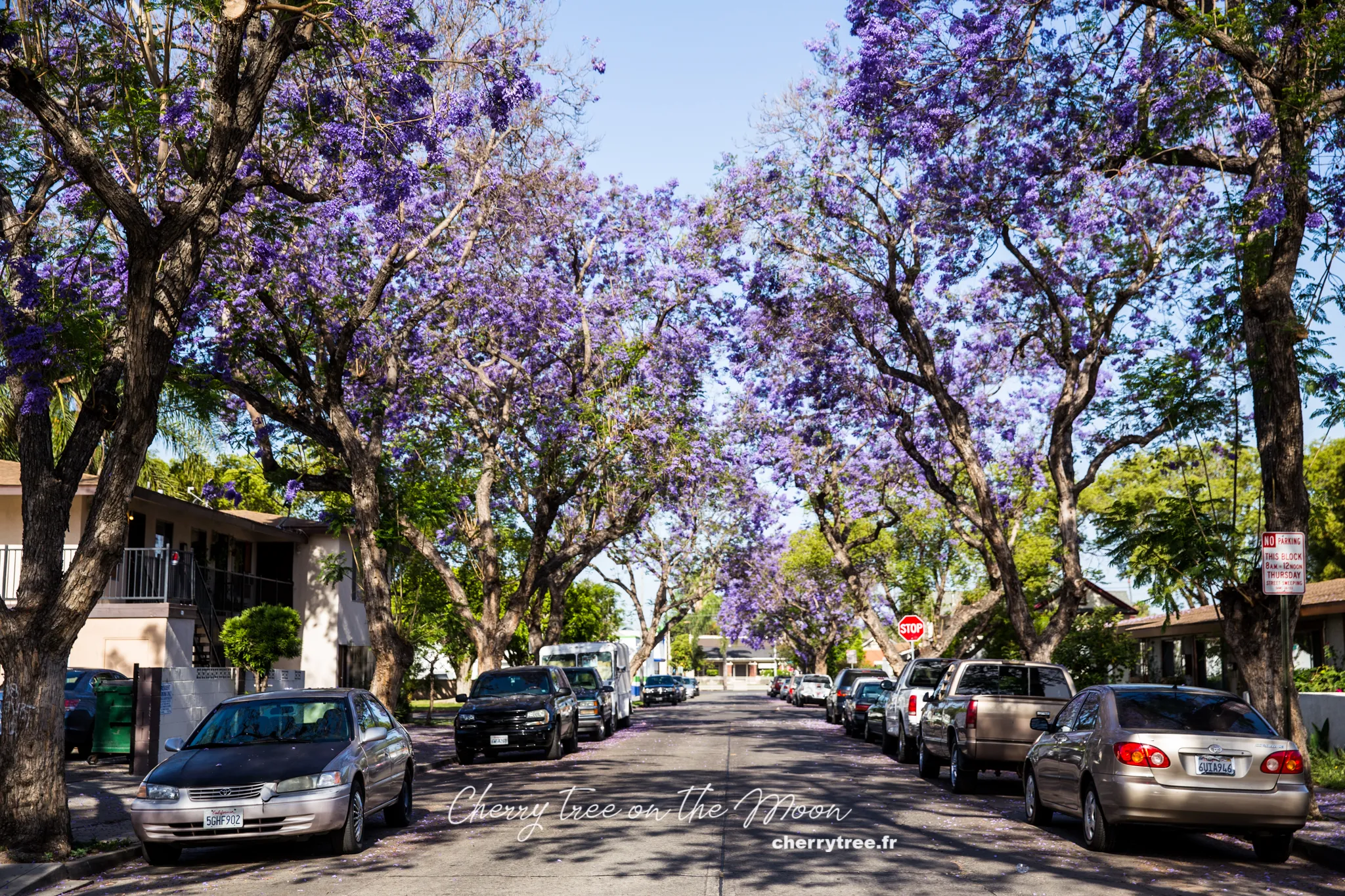
Day 20: Los Angeles
- Explore Los Angeles.
- Overnight in Los Angeles.
Day 21: Los Angeles
- Explore Los Angeles.
- Return car.
Best Time to Visit Grand Circle
The Grand Circle has mountain and desert terrain, with quite harsh weather. Spring (March to May) and autumn (September to November) are the two best seasons to take this trip. Summer months (June, July, August) are very hot, especially the Death Valley area, daytime temperatures can reach 40-50°C. Winter is cold and snowy, dangerous if you are not used to driving on icy roads.
Entrance Fees
National Parks and Preserves
National parks and preserves have certain entrance fees, from 5 to 10 USD. This fee can be calculated per person or for everyone in the car. If your itinerary passes through about 5-7 national parks, preserves, and national monuments, you should purchase the American The Beautiful Pass.
American The Beautiful Pass:
- Price 80 USD.
- Valid for 1 year from the date of purchase.
- The card is valid as soon as you pay.
- Valid throughout the United States in all areas under federal management (excluding state or Native American areas).
- Purchase at the Tourism office of the first NP you visit.
- The card covers entrance fees for 1 car and 7 people.
State Parks and Preserves
American The Beautiful Pass is not valid in these areas, additional fees are required. Price from 5 to 10 USD / 1 car. Tickets purchased on-site.
Parks of the Navajo Nation
These areas are not managed by the federal government but are fully governed by the Navajo people. Entrance fees are therefore quite expensive and increasing. In my itinerary above, there are 2 points belonging to the Navajo Nation: Monument Valley and Antelope Canyon.
Entrance fee to Monument Valley is 20 USD / 1 car of 4 people, from the 5th person add 6 USD / 1 person.
Accommodation
Hotels
You can book hotels on popular websites such as booking, agoda or expedia.
NP Lodges
NPs all have lodge areas with various types of rooms for tourists, located right in the NP grounds. These lodges are usually a bit more expensive than hotels outside, but in good locations, very convenient for visiting the park for many days. You need to go directly to the website of each park to see prices and book rooms.
Camping in NPs
For guests with a more modest budget, NPs also have one or more camping areas. NP camping is very good, with electricity, water, bathrooms, and clean toilets. Great for those who like backpacking. You just need to bring camping gear (tent, mattress, cooking utensils…), note that at night in the desert the temperature drops slightly cold, you need to prepare a warm sleeping bag. Camping on the White Rim Canyonlands cliff is a great option to experience nature to the fullest.
Car Rental in the US
You can rent a car on Rentalcars. This site has quite good service, listing many car brands for you to choose from.
Sample Costs
- Round-trip air ticket from Europe: 800 – 1000 USD
- Hotel: 50 – 100 USD
- Food: 10 – 20 USD / 1 person / 1 meal
- Self-drive car rental: 40 – 50 USD / 1 car / 1 day
Total cost about 5600 USD / 3 weeks for 2 adults.
Reference Books and Websites
The “Photographing the Southwest” book series of 3 books by Laurent Marthès is very useful for photography enthusiasts. If you know French, you can refer to the RoadTrippin website, a “encyclopedia” about road trips in America.
Conclusion
A 3-week road trip exploring the Grand Circle in the Southwestern United States is a wonderful and memorable experience. Hopefully, with detailed sharing about the itinerary, experiences and attractive destinations, you will have a truly interesting and fulfilling trip. Don’t forget to experience camping on the White Rim Canyonlands cliff to feel the majesty of nature. If you have any questions, feel free to leave a message!